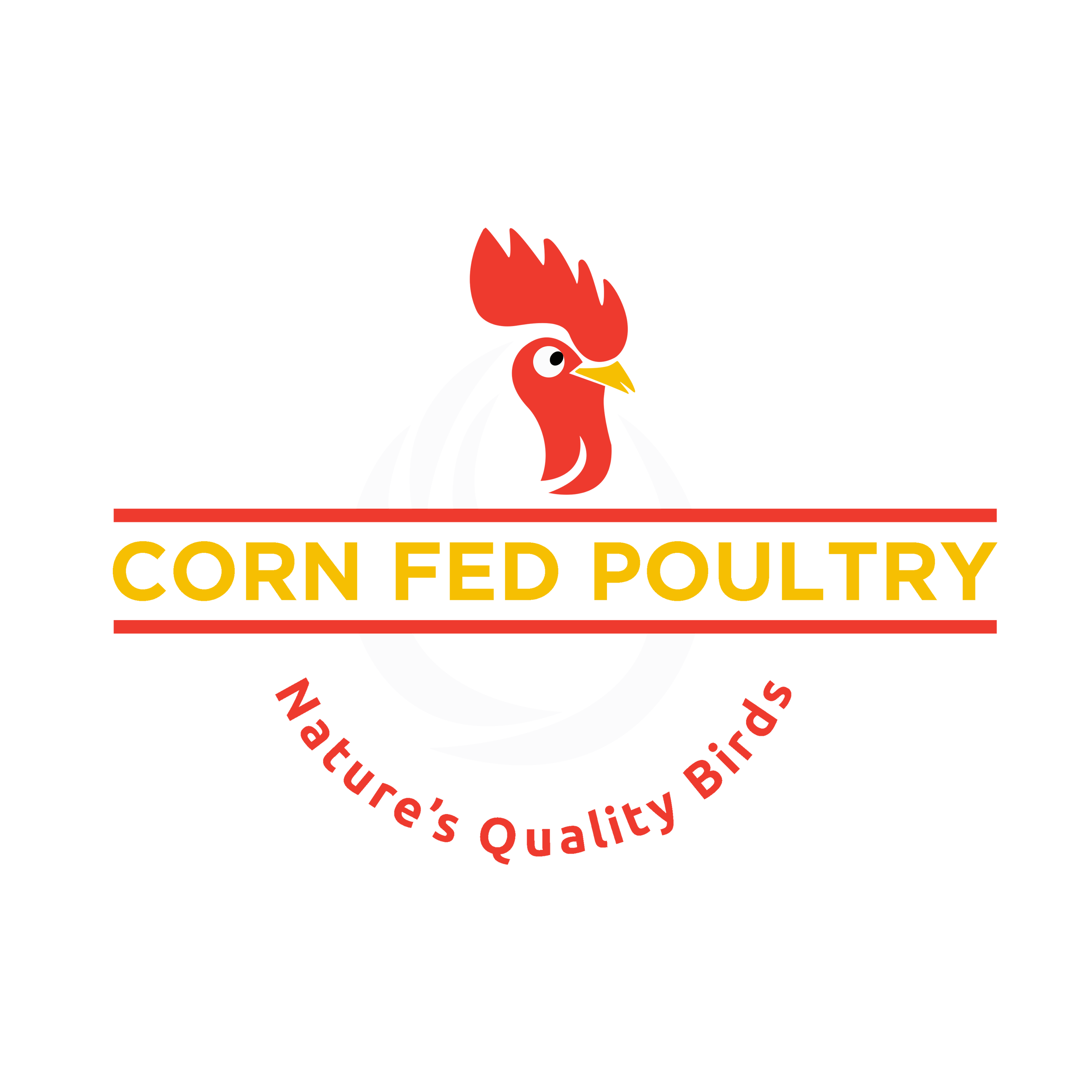Crop fill assessment is one of the measures of determining the comfort of the birds in the brooder.
Crop fill assessment is when a poultry attendant or farmer massages the crop of a chick to determine whether the chicks have familiarized themselves with the feed and water.
Making crop fill assessment helps us to judge appetite development in the chicks, health and to avoid compromised growth rate. It also helps to improve flock growth rate uniformity, and productivity. With a poor crop fill, farmers experience high mortality, poor growth rate, and more small and weak chicks.
How Is It Done?
When you have just introduced chicks in the brooder, you give them clean water which contains glucose. So they have to go for about an hour without feed, but with good quality water that has glucose.
After an hour, you then introduce feed, where we spread SUPER STARTER PELLETS on the brooder paper for the chicks.
After about 3 hours in the brooder, we are supposed to sample out chicks from different points of the brooder and massage that crop to feel if their crops are filled with any content. In addition, you are supposed to pick at least 10 chicks from different points of the brooder as you record your findings:
1. First Observation
You may find that the crop is hard and full of content that feels like feed. This will mean the chicks have gained access to feed, but cannot access water. This WORRIES!
2. Second Observation
A rounded, full, and soft crop signifies that the chicks have been able to locate feed and water.
3. Third Observation
In some cases, you may find empty crops meaning no feed, and no water.
This exercise should be repeated again when birds have made 8 hours, 12 hours, 24 hours, and 48 hours.
Results from every crop check should be compared with the first result. Moreover, you should have an improvement. Make sure there are more crops filled with both feed and water. The crops must be soft, and fully rounded. This indicates there is feed and water. This is SAFE!
Practicing the following measures below will give you more crops filled with feed and water.
1. Exercise One
Every stage of the birds should have their own equipment. Using big drinkers and big feeders leads to empty crops. Birds cannot reach the water on big drinkers and they cannot eat from big feeders so you may have more deaths with empty crops. Use baby drinkers, lower the water lines, touch the nipples, and teach the chicks how to drink from the nipples, spread adequate feed (SUPER STARTER PELLET) on the brooder paper.
2. Exercise Two
Preheating the brooder helps chicks find a comfortable environment for them. Litter should be dry and warm otherwise chicks may just become dull in cold environments and refuse to eat.
3. Exercise Three
Replenishing feed and water. Remember you are supposed to put feeds on the brooder paper for the first day. Take note, if you put too much the chicks will just dedicate, so put a little feed at a time. For water birds may refuse to drink if the water is too warm. I advise that for manual drinkers, farmers replenish the water every 8 or 9 hours. Put a new one, or for piped water (nipple lines), farmers should let the water floor out of the nipple pipe every 7 to 8 hours. The same to those using cage brooding. This is done to allow access to new and fresh water.
4. Exercise Four
The quality of light in the brooder will determine whether your birds will be able to see feed or not. Your brooder must have a high light intensity enough for the birds to pick feed from the brooder paper.
5. Exercise Five
90% of the brooder floor should be covered with brooder paper to reduce the chances of chicks eating litter and to have more space to put feed
6. Exercise Six
Arrangements of feed and water. Put drinkers away from the heat source to avoid water warming up, feed should not be far away from water warming up, feed should be far away from water, better align adjacent but in a straight line.
7. Exercise Seven
You will need to put more supplementary drinkers than the recommended number, to allow even the weakest chicks to access.




This is very educative